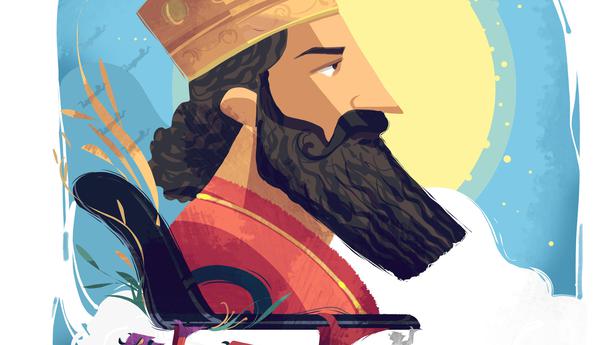
The healing rays
The Hindu
With Navroz, the Parsi New Year, just past, here is the story behind the festival.
Once upon a time, many hundreds of years ago, the earth was overrun by demons and evil spirits. They were mean and nasty and didn’t want anything bright, wonderful, or happy in the world. So, they killed animals, cut trees, and tried to destroy Nature. Birds stopped singing, streams and rivers dried up, and there was no greenery or bright light around. They turned the earth into a dark, cold, withered place. People always shivered with cold and were always unhappy.
Then, along came a king called Jamshid. He fought a royal battle and defeated all the demons and evil spirits. He made them all his slaves, and set them to make the earth happy and smiling again.
Jamshid became the king of everything except the Heavens. So he decided to go to Heaven and ordered the captured demons to make him a wonderful throne. This was embedded with sparkling precious stones and jewels It was a wondrous throne. He sat on it and started ascending to Heaven.
On the way up, the sun’s rays struck the gems and jewels. They started shining with a magical, unearthly light. It was the magic Mithra, the Holy Sun. The earth was covered by these healing magical rays. Streams started flowing, grass started growing, birds sat on leafy green branches of trees and started singing joyously. The world was now a paradise, as it was meant to be when Ahura Mazda created it. Evil had been defeated, and goodness and truth, known as Asha, reigned. Dark desolate earth was now a bright, happy place.
The day this miracle occurred is called Navroz, meaning ‘a new day’. This is the first day of the Persian or Iranian calendar. The first month is Farvardin, so the first day of Farvardin is the New Year. It starts at the precise moment of the Vernal or Spring Equinox.
King Jamshid is known for introducing the Persian calendar.
Navroz (nav meaning new and roz meaning day) symbolises harmony, peace and love. The celebrations include a visit to the Fire Temple, feasts, visits from relatives, and exchange of gifts











